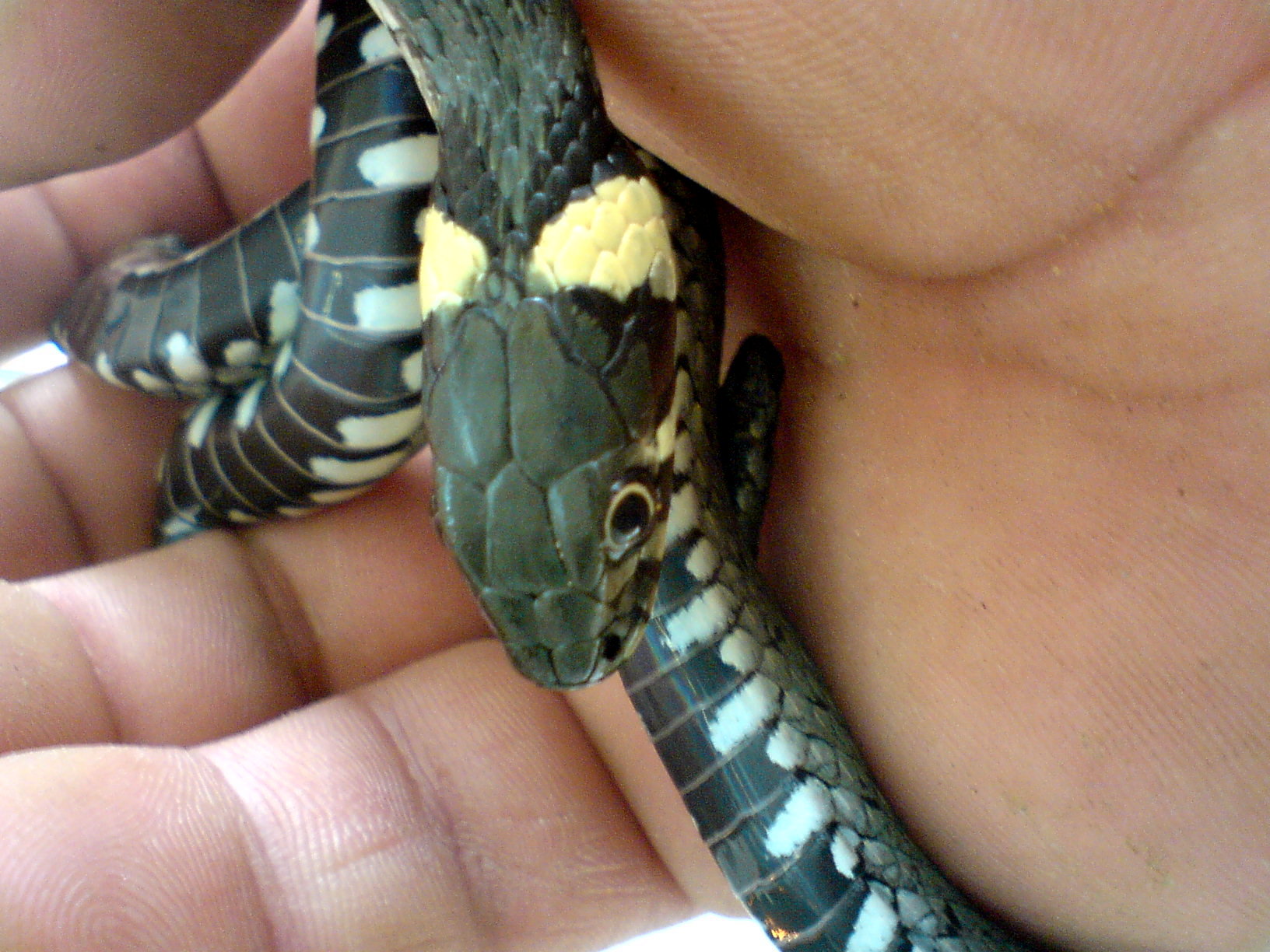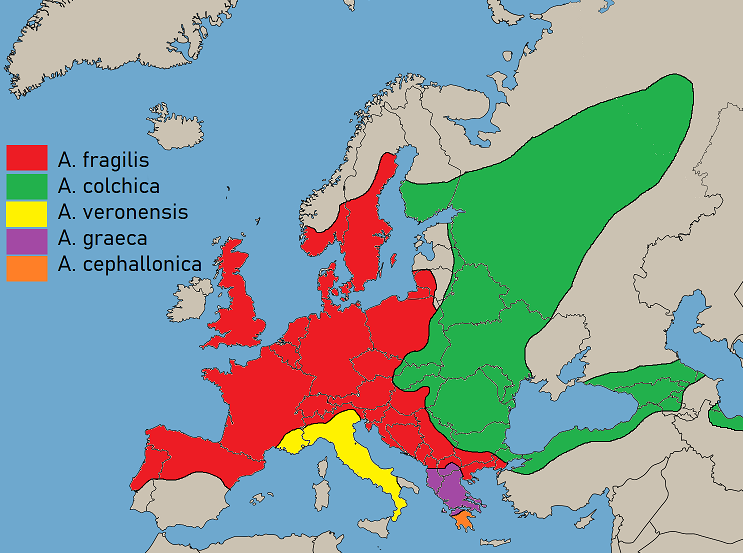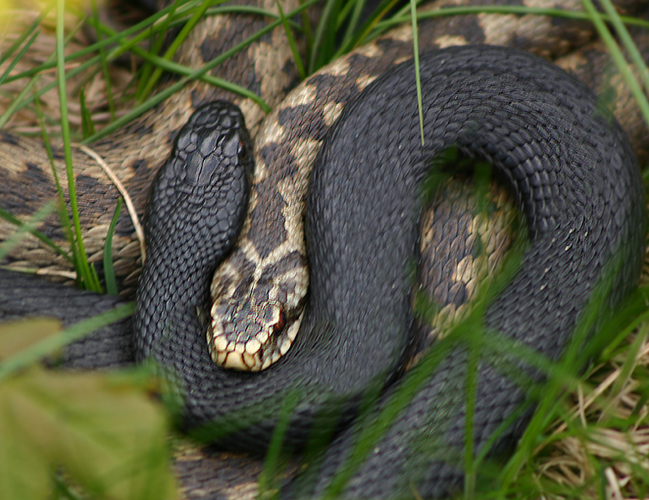|
Fontburn
Fontburn is a drinking water reservoir situated northwest of the market town of Morpeth, Northumberland, Morpeth, and immediately to the east of Harwood Forest in Northumberland, England. History The reservoir was built at the end of the 19th century to provide drinking water for parts of southeast Northumberland. Flora and fauna The north shore is mainly vegetated with scrub and woodland, including willow, Prunus spinosa, blackthorn, Sambucus, elder, birch, Common Hawthorn, hawthorn, and hazel. Common spotted orchids grow in the base-rich flushed areas. At the extreme south eastern corner of the site there is an area of marshy grassland with abundant Filipendula ulmaria, meadow-sweet, Wild Angelica, wild angelica, Centaurea nigra, common knapweed, and Achillea ptarmica, sneezewort and where there is periodic flooding of the shore you can also find species like Eleocharis palustris, common spike rush, reed canary grass, Ranunculus flammula, lesser spearwort, and amphibious bist ... [...More Info...] [...Related Items...] OR: [Wikipedia] [Google] [Baidu] |
Fallowlees Flush
__NOTOC__ Fallowlees Flush is the name given to a Site of Special Scientific Interest (SSSI) in mid-Northumberland, England. The steeply sloping site has calcium-rich springs supporting vegetation rare in the county. Location and natural features Fallowlees Flush is situated in the North East England, north-east of England in the county of Northumberland, to the west of Fontburn Reservoir and the east of Harwood Forest, west-north-west of Netherwitton and east-south-east of Forestburn Gate. The site is situated on a north-east facing slope descending from to , above sea level above a stream feeding the reservoir. Flora Flora on the site grades from species rich areas fed by lime-rich springs, through to a wooded fringe by the stream. The SSSI citation sets out four distinct groups of vegetation. Moss-donimated turf dominates areas where springs arise, and are characterised by stonewort (''Charales''), flea-sedge (''Carex pulicaris''), tawny sedge (''Carex hostiana''), long-st ... [...More Info...] [...Related Items...] OR: [Wikipedia] [Google] [Baidu] |
Harwood Forest
Harwood Forest is a conifer plantation located to the south of Rothbury in North Northumberland, England, and managed by Forestry England. The forest occupies moorland north of the east-west Morpeth to Elsdon road, west of the B6342, extending north to the Simonside Hills; it measures some north-to-south and at its widest is east-to-west. The forest was established over the course of the 20th century by the Forestry Commission (now Forestry England), which gradually purchased freehold or leasehold interest in farmland; at the start of the Commission's involvement, only of the current site was forested, with the remaining lands being utilised for sheep and cattle grazing. The initial impetus for its establishment was an offer made in 1929 by Sir Charles Trevelyan, 3rd Baronet to sell Harwood Farm to the commission at less than market rate. Trevelyan had inherited Wallington Hall and estate on the death of his father, the 2nd Baronet, in August 1928, and wished to see the est ... [...More Info...] [...Related Items...] OR: [Wikipedia] [Google] [Baidu] |
Eleocharis Palustris
''Eleocharis palustris'', the common spike-rush, creeping spike-rush or marsh spike-rush, is a species of mat-forming perennial flowering plants in the sedge family Cyperaceae. It grows in wetlands in Europe, North Africa, northern and central Asia (Siberia, China, Mongolia, Iran, Nepal, etc.) and North America (United States, Canada, Greenland, northern Mexico). ''Eleocharis palustris'' is not easily distinguished from other closely related species and is extremely variable worldwide itself. The species epithet An epithet (, ), also byname, is a descriptive term (word or phrase) known for accompanying or occurring in place of a name and having entered common usage. It has various shades of meaning when applied to seemingly real or fictitious people, di ... ''palustris'' is Latin for "of the marsh" and indicates its common habitat.Archibald William Smith Subspecies and varieties Numerous names have been proposed for subspecies and varieties. The following are recognized: # ... [...More Info...] [...Related Items...] OR: [Wikipedia] [Google] [Baidu] |
Site Of Special Scientific Interest
A Site of Special Scientific Interest (SSSI) in Great Britain or an Area of Special Scientific Interest (ASSI) in the Isle of Man and Northern Ireland is a conservation designation denoting a protected area in the United Kingdom and Isle of Man. SSSI/ASSIs are the basic building block of site-based nature conservation legislation and most other legal nature/geological conservation designations in the United Kingdom are based upon them, including national nature reserves, Ramsar sites, Special Protection Areas, and Special Areas of Conservation. The acronym "SSSI" is often pronounced "triple-S I". Selection and conservation Sites notified for their biological interest are known as Biological SSSIs (or ASSIs), and those notified for geological or physiographic interest are Geological SSSIs (or ASSIs). Sites may be divided into management units, with some areas including units that are noted for both biological and geological interest. Biological Biological SSSI/ASSIs may ... [...More Info...] [...Related Items...] OR: [Wikipedia] [Google] [Baidu] |
Great Crested Newt
The northern crested newt, great crested newt or warty newt (''Triturus cristatus'') is a newt species native to Great Britain, northern and central continental Europe and parts of Western Siberia. It is a large newt, with females growing up to long. Its back and sides are dark brown, while the belly is yellow to orange with dark blotches. Males develop a conspicuous jagged crest on their back and tail during the breeding season. The northern crested newt spends most of the year on land, mainly in forested areas in lowlands. It moves to aquatic breeding sites, mainly larger fish-free ponds, in spring. Males court females with a ritualised display and deposit a spermatophore on the ground, which the female then picks up with her cloaca. After fertilisation, a female lays around 200 eggs, folding them into water plants. The larvae develop over two to four months before metamorphosing into terrestrial juveniles (efts). Both larvae and land-dwelling newts mainly feed on different ... [...More Info...] [...Related Items...] OR: [Wikipedia] [Google] [Baidu] |
Palmate Newt
The palmate newt (''Lissotriton helveticus'') is a species of newt found in Western Europe, from Great Britain to the northern Iberian peninsula. It is long and olive or brown with some dark spots. The underside is yellow to orange, and the throat, unlike in the similar smooth newt, always unspotted. A dark stripe runs along the head and through the eyes. Breeding males develop a distinct filament on the end of their tail, strongly webbed hind feet, and a low, smooth crest on their back. Habitats include forests, marshes, pastures or gardens. While on land, the newts are mainly nocturnal. After emerging from hibernation in spring, they move to stagnant, fish-free water bodies for breeding. After a courtship display, the male deposits a spermatophore that is picked up by the female. Larvae develop over after 1.5–3.5 months before metamorphosing into land-dwelling juveniles (efts). Sexual maturity is reached after two to three years, and the newts can reach a total age of up ... [...More Info...] [...Related Items...] OR: [Wikipedia] [Google] [Baidu] |
Common Toad
The common toad, European toad, or in Anglophone parts of Europe, simply the toad (''Bufo bufo'', from Latin ''bufo'' "toad"), is a frog found throughout most of Europe (with the exception of Ireland, Iceland, and some Mediterranean islands), in the western part of North Asia, and in a small portion of Northwest Africa. It is one of a group of closely related animals that are descended from a common ancestral line of toads and which form a species complex. The toad is an inconspicuous animal as it usually lies hidden during the day. It becomes active at dusk and spends the night hunting for the invertebrates on which it feeds. It moves with a slow, ungainly walk or short jumps, and has greyish-brown skin covered with wart-like lumps. Although toads are usually solitary animals, in the breeding season, large numbers of toads converge on certain breeding ponds, where the males compete to mate with the females. Eggs are laid in gelatinous strings in the water and later hatch out into ... [...More Info...] [...Related Items...] OR: [Wikipedia] [Google] [Baidu] |
Common Frog
The common frog or grass frog (''Rana temporaria''), also known as the European common frog, European common brown frog, European grass frog, European Holarctic true frog, European pond frog or European brown frog, is a semi-aquatic amphibian of the family Ranidae, found throughout much of Europe as far north as Scandinavia and as far east as the Urals, except for most of Iberia, Southern Italy, and the southern Balkans. The farthest west it can be found is Ireland. It is also found in Asia, and eastward to Japan. The nominative, and most common, subspecies ''Rana temporaria temporaria'' is a largely terrestrial frog native to Europe. It is distributed throughout northern Europe and can be found in Ireland, the Isle of Lewis and as far east as Japan. Common frogs metamorphose through three distinct developmental life stages — aquatic larva, terrestrial juvenile, and adult. They have corpulent bodies with a rounded snout, webbed feet and long hind legs adapted for swimmin ... [...More Info...] [...Related Items...] OR: [Wikipedia] [Google] [Baidu] |
Grass Snake
The grass snake (''Natrix natrix''), sometimes called the ringed snake or water snake, is a Eurasian non-venomous colubrid snake. It is often found near water and feeds almost exclusively on amphibians. Subspecies Many subspecies are recognized, including: ''Natrix natrix helvetica'' ( Lacépède, 1789) was formerly treated as a subspecies, but following genetic analysis it was recognised in August 2017 as a separate species, ''Natrix helvetica'', the barred grass snake. Four other subspecies were transferred from ''N. natrix'' to ''N. helvetica'', becoming ''N. helvetica cettii'', ''N. helvetica corsa'', ''N. helvetica lanzai'' and ''N. helvetica sicula''. Description The grass snake is typically dark green or brown in colour with a characteristic yellow or whitish collar behind the head, which explains the alternative name ringed snake. The colour may also range from grey to black, with darker colours being more prevalent in colder regions, ... [...More Info...] [...Related Items...] OR: [Wikipedia] [Google] [Baidu] |
Anguis Fragilis
The slow worm (''Anguis fragilis'') is a reptile native to western Eurasia. It is also called a deaf adder, a slowworm, a blindworm, or regionally, a long-cripple and hazelworm. These legless lizards are also sometimes called common slowworms. The "blind" in blindworm refers to the lizard's small eyes, similar to a blindsnake (although the slowworm's eyes are functional). Slow worms are semifossorial (burrowing) lizards, spending much of their time hiding underneath objects. The skin of slow worms is smooth with scales that do not overlap one another. Like many other lizards, they autotomize, meaning that they have the ability to shed their tails to escape predators. While the tail regrows, it does not reach its original length. In the UK, they are common in gardens and allotments, and can be encouraged to enter and help remove pest insects by placing black plastic or providing places to shelter such as piles of logs, corrugated iron sheets or under tiles. On warm days, one or ... [...More Info...] [...Related Items...] OR: [Wikipedia] [Google] [Baidu] |
Vipera Berus
''Vipera berus'', the common European adderMallow D, Ludwig D, Nilson G. (2003). ''True Vipers: Natural History and Toxinology of Old World Vipers''. Malabar, Florida: Krieger Publishing Company. . or common European viper,Stidworthy J. (1974). ''Snakes of the World''. New York: Grosset & Dunlap Inc. 160 pp. . is a venomous snake that is extremely widespread and can be found throughout most of central and eastern Europe and as far as East Asia. Known by a host of common names including common adder and common viper, adders have been the subject of much folklore in Britain and other European countries. They are not regarded as especially dangerous; the snake is not aggressive and usually bites only when really provoked, stepped on, or picked up. Bites can be very painful, but are seldom fatal. The specific name, ''berus'', is New Latin and was at one time used to refer to a snake, possibly the grass snake, ''Natrix natrix''.Gotch AF. (1986). ''Reptiles: Their Latin Names Explaine ... [...More Info...] [...Related Items...] OR: [Wikipedia] [Google] [Baidu] |







